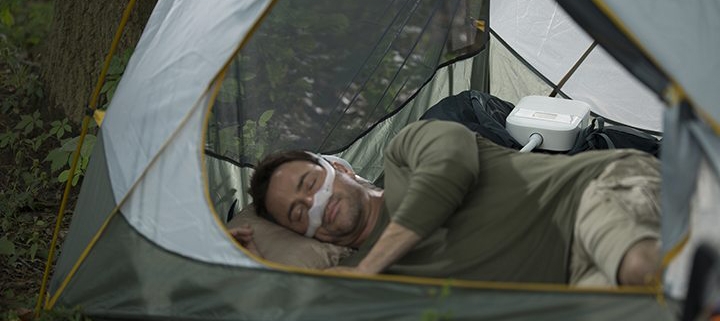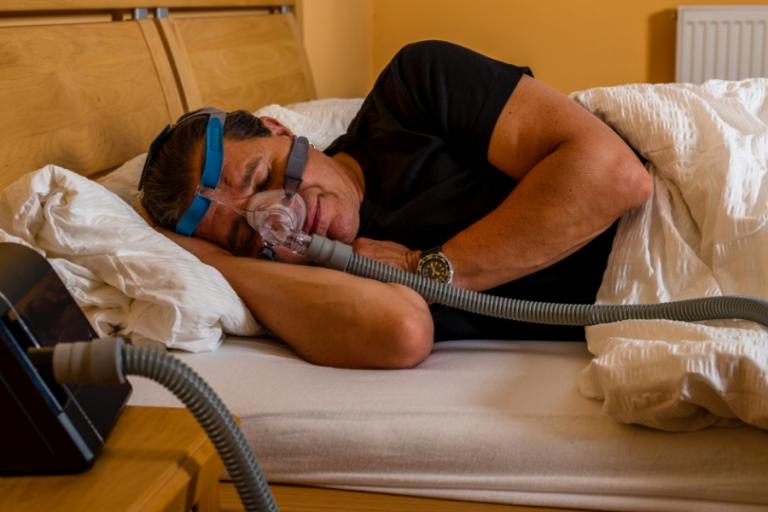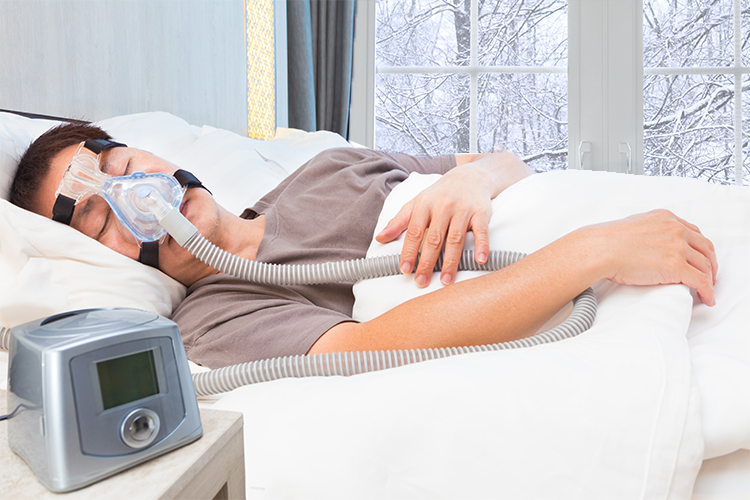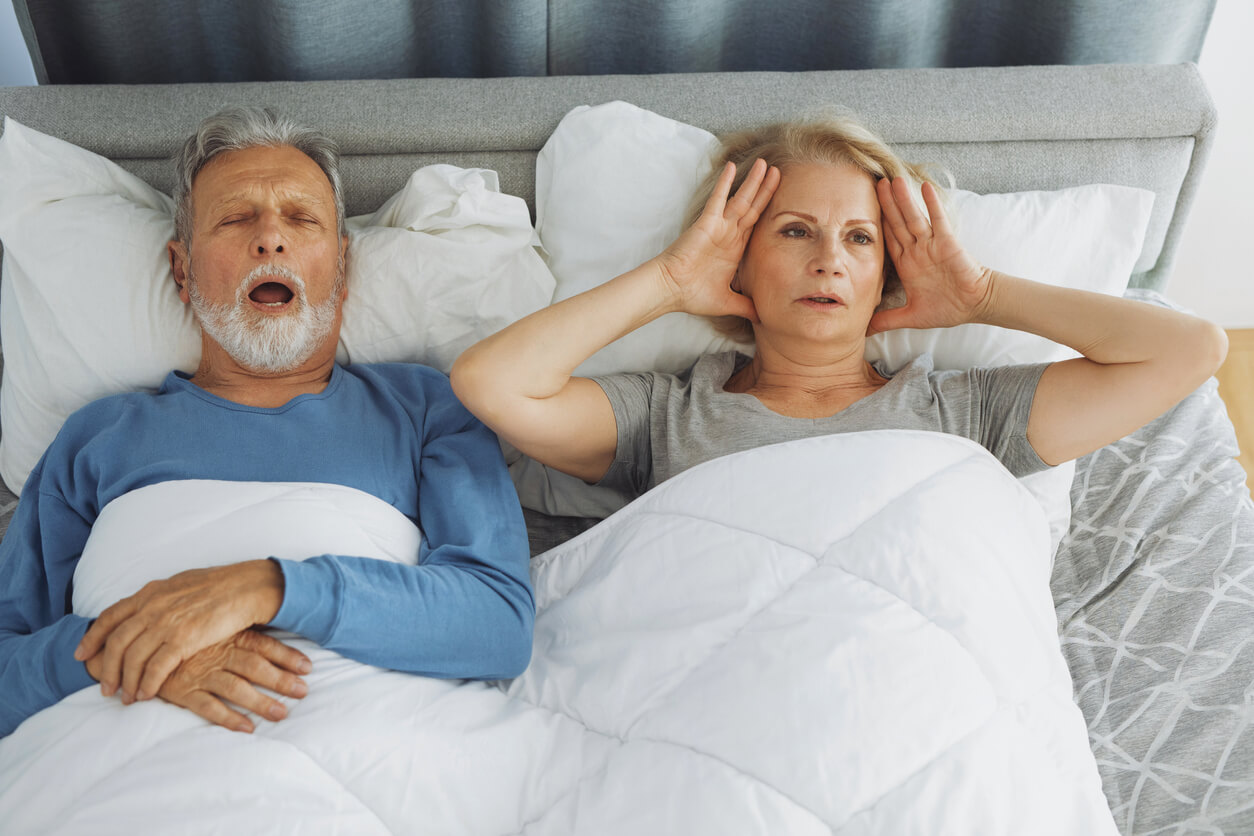A sleep ailment called sleep apnea is characterized by irregular decreases in breathing while a person is sleeping. These interruptions lower the quality of sleep and, if addressed, may have detrimental effects on one’s health.
In Australia, sleep apnea is a widespread illness, yet it often remains undiagnosed because many people who sleep are unaware of their nocturnal symptoms. People may better sleep apnea cure with cpap mach and lessen any negative impact it can have on their health by being knowledgeable about its many forms, symptoms, causes, and treatments. Learn more to tackle sleep apnea with these easy tips.
Sleep Apnea: What Is It?
A class of sleep disorders called sleep-related breathing disorders, or sleep disorders with aberrant breathing patterns, includes sleep apnea.
People who suffer sleep apnea often have breathing decreases or stops while they are asleep. Sleepers could not completely awaken and continue to be unaware that their nocturnal breathing is irregular, despite the fact that these gaps lead a person to wake up regularly and lower the quality of their sleep.
A variety of sleep apnea conditions exist, grouped according to what causes breathing disturbances.

Obstructive Sleep Apnea
When the airway at the back of the throat narrows or closes during sleep, it is known as obstructive sleep apnea (OSA), which may lead to snoring because normal airflow is obstructed. A person often awakens in reaction to the airway blockage, contracts their throat muscles, and takes numerous deep breaths, sometimes accompanied by noises like snorting or coughing.
The most prevalent kind of sleep apnea is obstructive sleep apnea. In the US, it is believed to affect 10% to 30% of adults6, yet in many instances it remains untreated.
Central Sleep Apnea
The link between the brain and the muscles that govern breathing is disrupted in central sleep apnea (CSA)7. Breathing may thus become shallower and have brief pauses.
Compared to obstructive sleep apnea, central sleep apnea is less common. Less than 1% 8 of the population is thought to have CSA.
Consequences of Sleep Apnea
The consequences of irregular nocturnal breathing as well as the daytime repercussions of poor sleep quality are both sleep apnea symptoms.
Obstructive sleep apnea symptoms
Obstructive sleep apnea is often characterized by the following symptoms:
- Excessive daytime tiredness
- Loud snoring that is frequently interspersed with gasping or choking noises
- Irritability or annoyance
- Dry mouth upon awakening
- Restless sleep with spells of alertness throughout the night
- Increased urge to get out of bed to use the restroom
- Morning headaches that may last for many hours after waking up
The individual who has obstructive sleep apnea may not immediately recognize certain signs of the illness. For instance, irregular breathing patterns and snoring may not be noticed by an individual until their sleeping partner does.
Obstructive sleep apnea cannot be diagnosed only based on symptoms since many of them might also be brought on by other medical conditions.

Central sleep apnea symptoms
The signs of central sleep apnea that are most often present include:
- Abnormal breathing patterns, such as breathing that slows down, speeds up, and stops when sleeping
- Excessive daytime drowsiness
- Nighttime awakenings
- Morning headaches
- Nighttime shortness of breath or chest discomfort
- Focusing difficulties
Similar to obstructive sleep apnea, it is typical for those who have central sleep apnea to not be aware of their erratic breathing while asleep until it is brought to their attention by a bed partner or caretaker.
What Causes Sleep Apnea?
Both central and obstructive sleep apnea have different causes of breathing disturbances.
Obstructive sleep apnea causes
The muscles at the back of the throat relax during obstructive sleep apnea sufferers’ sleep, making it harder for air to flow through. When the airway is blocked, as happens when snoring occurs, a person cannot breathe deeply enough. Partial or total awakenings are brought on by the absence of oxygen in order to restart airflow. During sleep, these breathing pauses continually occur.
Central sleep apnea causes
Problems in the brain’s ability to connect with the breathing muscles lead to central sleep apnea. The brain stem, a region of the brain, malfunctions in CSA patients in order to identify the body’s carbon dioxide levels during sleep. Repeated periods of breathing that is shallower and slower than it should be result from this.
The dangers of sleep apnea
A person’s likelihood of developing sleep apnea is influenced by a variety of variables, and these factors vary for OSA and CSA.

Obstructive sleep apnea risk factors
Age, sex, body weight, and certain anatomical traits of the head and neck region are the main risk factors for obstructive sleep apnea.
- Age: Until a person is in their 60s or 70s, their chance of having obstructive sleep apnea rises with age.
- Sex: Obstructive sleep apnea is more common in men and those who are born with the gender given to them, particularly in adolescence and early adulthood.
- Head and neck anatomy: People with certain physical characteristics, such as a bigger tongue and a shorter lower jaw, are more likely to have obstructive sleep apnea.
- Body weight: Several researches have shown a link between a greater body mass index (BMI) and a raised likelihood of acquiring obstructive sleep apnea.
- Numerous additional variables have been linked in studies to an increased risk of OSA, but more study is required to determine how these factors affect the onset of OSA.
- Smoking cigarettes: According to some study, smokers have a considerably greater chance of developing obstructive sleep apnea than nonsmokers or those who have never smoked.
- Hormone abnormalities: By producing swelling of tissue13 close to the airway or by raising body mass index, hormonal problems such an underactive thyroid or an excess secretion of growth hormone may enhance the risk of OSA.
- Sleeping posture: When individuals sleep on their backs, it may have an impact on the position and structure of the tissue that surrounds the airway, which can lead to the development or aggravation of sleep apnea.
- Obstructive sleep apnea in the family: There are some signs that having a family history of OSA might raise a person’s chance of developing the condition. These signs may be related to anatomical traits in the head and neck that run in families.
- Nasal congestion: OSA has been associated with an increased chance of nasal breathing difficulty.
- Consuming alcohol and certain drugs: Alcohol and several narcotic and prescription medicines are linked to an increased risk of obstructive sleep apnea.
- Specific medical diseases: Some medical illnesses, such as a number of heart and lung conditions, may increase a person’s likelihood of developing OSA.
Central Sleep Apnea Risk Factors
The most frequent cause of central sleep apnea is another medical condition, such as a brain stem infection or injury16, renal or heart failure, a stroke, or an overproduction of growth hormone. Additional variables connected to a higher incidence of central sleep apnea have been discovered by studies.
- Age: People over 65 are more likely to have breathing problems related to central sleep apnea.
- Sex: Central sleep apnea affects males and those born with a gender preference more often than women, which may be due to sex hormone imbalances.
- Use of certain medicines: Chronic opioid use and the use of some prescription pharmaceuticals may have an impact on breathing and have been linked to an increased risk of CSA.
- Being at a high altitude: Due to the lower oxygen availability17 in high-altitude situations, spending time at a high altitude is linked to CSA.
Unknown causes or underlying medical conditions might sometimes result in central sleep apnea. It is referred to as primary or idiopathic central sleep apnea when this happens.
